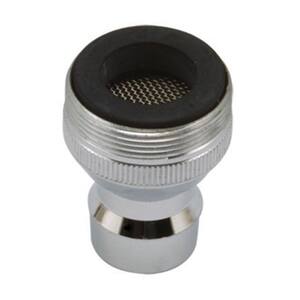shamrockdoc
Well-Known Member
- Joined
- Oct 1, 2009
- Messages
- 1,320
- Reaction score
- 13
Look I'm not trying to reinvent the wheel here and I did not come up with the concept but I thought I would post this for apartment PM/AG brewers in need of solutions for there confined space.














